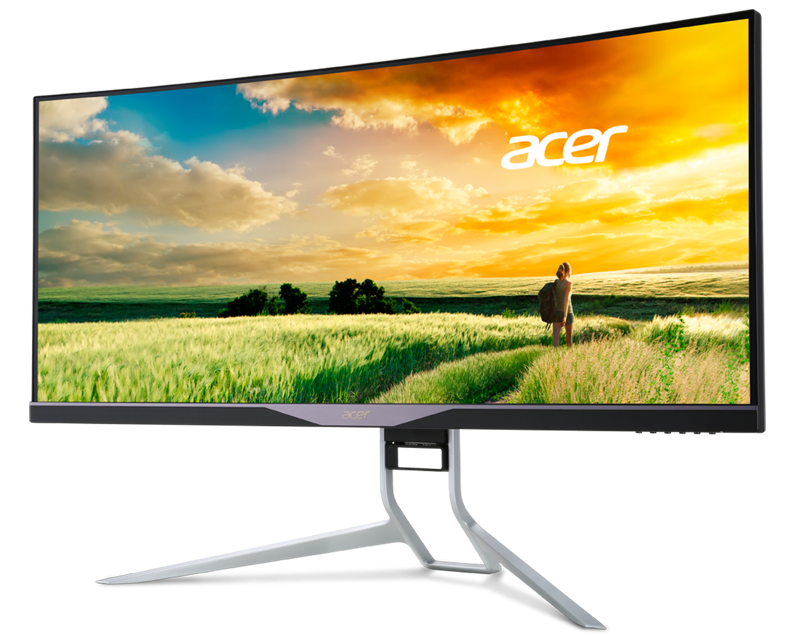

So they included their EyeProtect set of technologies to reduce eye strain.
#Xr341ck acer monitor drivers update#
UPDATE : The FreeSync range on this monitor is 30Hz-75Hz which is fantastic for a high resolution gaming monitor and the best we've seen so far on a QHD IPS panel.Īcer really focused on making the experience as comfortable and convenient as possible for the user. Users will be happy to know that the screen has a matte finish which Acer dubs "ComfyView" to substantially reduce light reflections. The IPS panel enables incredible viewing angles of 178 degrees vertically and 172 degrees horizontally as well as 100% sRGP color reproduction accuracy. The XR341CK features a curved 34" 21:9 QHD (3440x1440) IPS display panel with a 4ms response time and a 75Hz refresh rate, which is as fast as ultrawide IPS panels can get these days. G-Sync on the other hand requires the addition of the Nvidia G-Sync module to the monitor, which evidently adds a couple hundred dollars to the cost of the monitor. This is because as you're probably aware by now, unlike G-Sync, FreeSync doesn't require any proprietary hardware as it's enabled through the DisplayPort 1.2a Adaptive-Sync standard. Another interesting part of this announcement is the MSRP, which is a hefty $1,099 but still $200 less than the $1,299 asking price for G-Sync variant. Interestingly enough however the FreeSync variant will be coming out first with Acer promising on-shelve availability later next month while the G-Sync variant is set for release in September. Acer Announces Its First Curved AMD FreeSync Monitor If you want to become more familiar with FreeSync and G-Sync check out our in-depth analysis article of both technologies here.

You had to choose between either tearing and stuttering or latency. So before variable refresh rate monitors had existed, irrespective of whether they were G-Sync or FreeSync enabled. The third issue is input-lag, which is the result of that “waiting” period that each frame has to go through before its drawn on the screen when V-Sync is enabled. This is to prevent two frames from being drawn at once in a single refresh cycle which causes tearing. V-Sync works to match your game’s framerate to the refresh rate of the monitor by forcing each frame to wait for the next refresh cycle before it is drawn onto the screen. The second issue is somewhat related to the first, as stuttering can occur if your framerate dips below the refresh rate of your monitor when V-Sync is enabled. images are very complex and would take longer than usual to process, while other frames are more simple and thus are processed much more quickly. No matter how fast your gaming system is it will always produce a variable frame rate. Which is the result of your graphics card producing a variable frame rate. The first issue is tearing, tearing occurs whenever your game’s frame rate is mismatched to the refresh rate of your monitor. As Acer has already announced the G-Sync variant of this monitor back in April and showcased it at Computex earlier this month.Īdaptive-Sync capable monitors featuring Nvidia's G-Sync and AMD's FreeSync technologies solve three distinct issues in games. If you think you're familiar with Acer's variable refresh rate curved gaming monitor that's probably because you are. Acer has just announced the XR341CK, a 34" AMD FreeSync capable gaming monitor with a curved 3440x1440 IPS display panel launching in July.


 0 kommentar(er)
0 kommentar(er)
